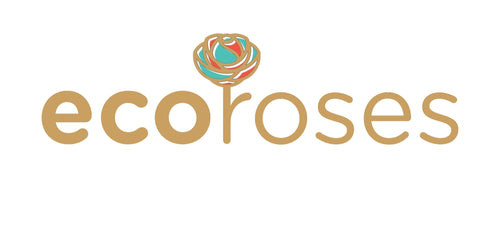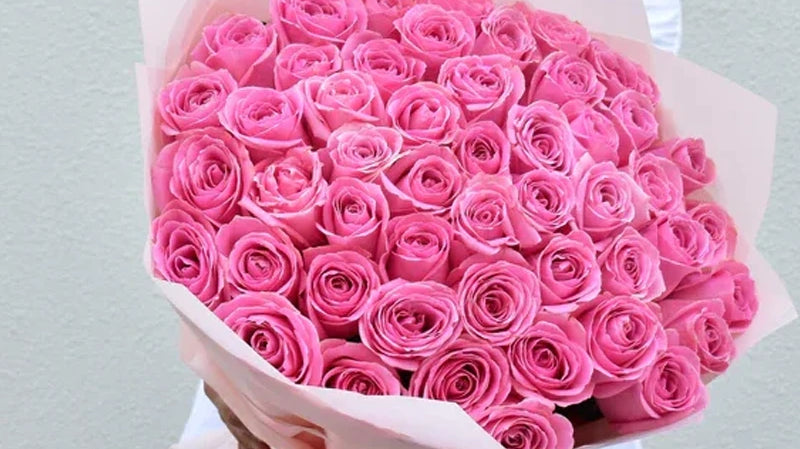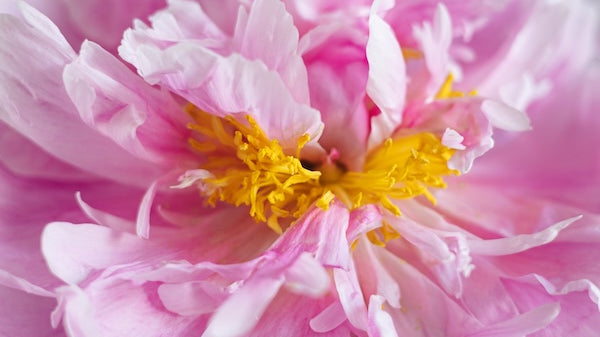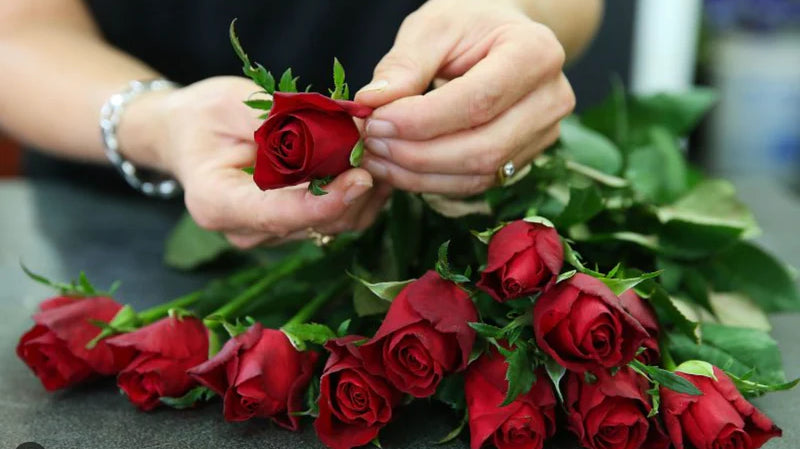World of Flowers Through Stories, Tips, and Blooming Inspiration
The Ultimate Guide to Glendale's Best Flower Delivery Options
Are you searching for the perfect flower delivery service in Glendale? Look no further! This ultimate guide will take you through the top flower delivery options in the city, ensuring...
World Wildest Roses
Wild roses are found in various regions around the world, and many species exhibit unique characteristics and adaptations to their specific environments. While it's challenging to definitively rank the "most...
How bees cultivate flowers
Bees play a crucial role in the pollination and cultivation of flowers. The process through which bees cultivate flowers is known as pollination, and it is vital for the reproduction...
Mastering the Art of Flower Arranging
At Ecorosesla, we believe that flower arranging is a beautiful blend of art and nature—a captivating dance that transforms blooms into timeless masterpieces. Join us in this exploration of the...




